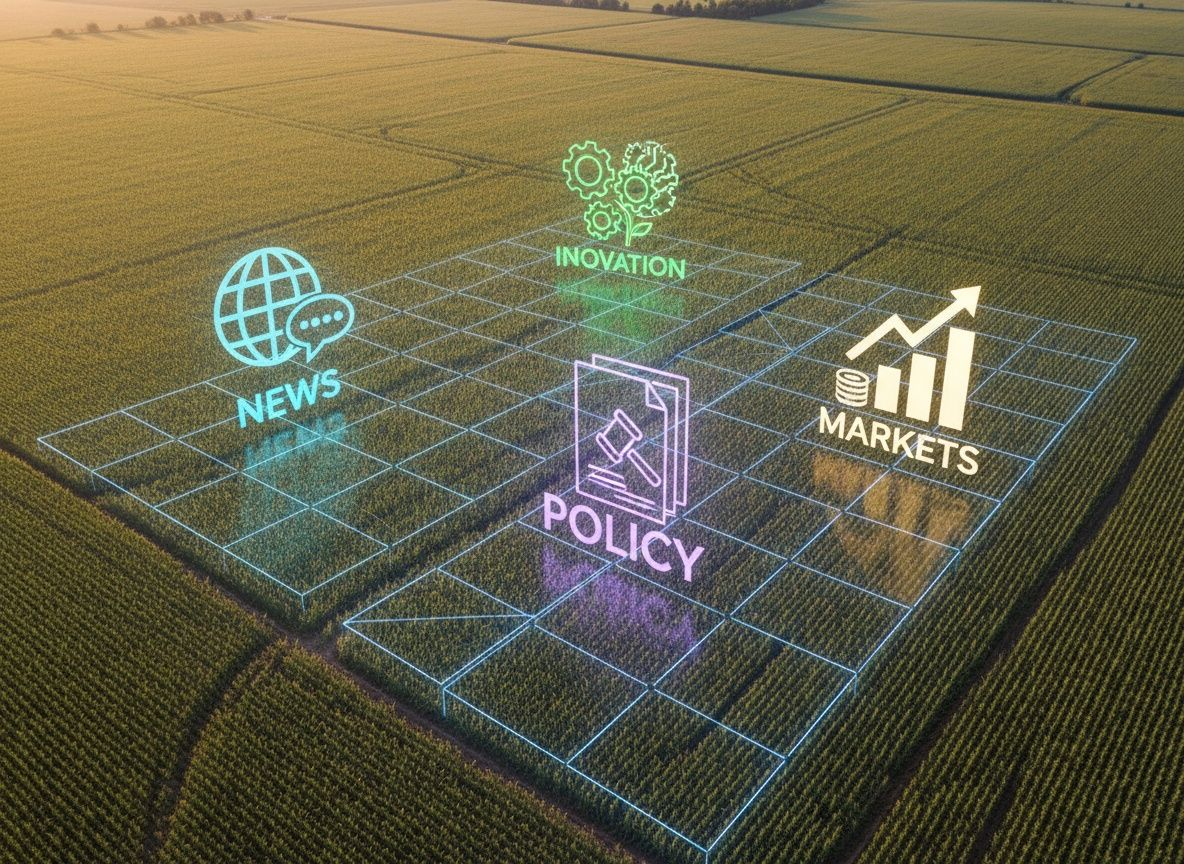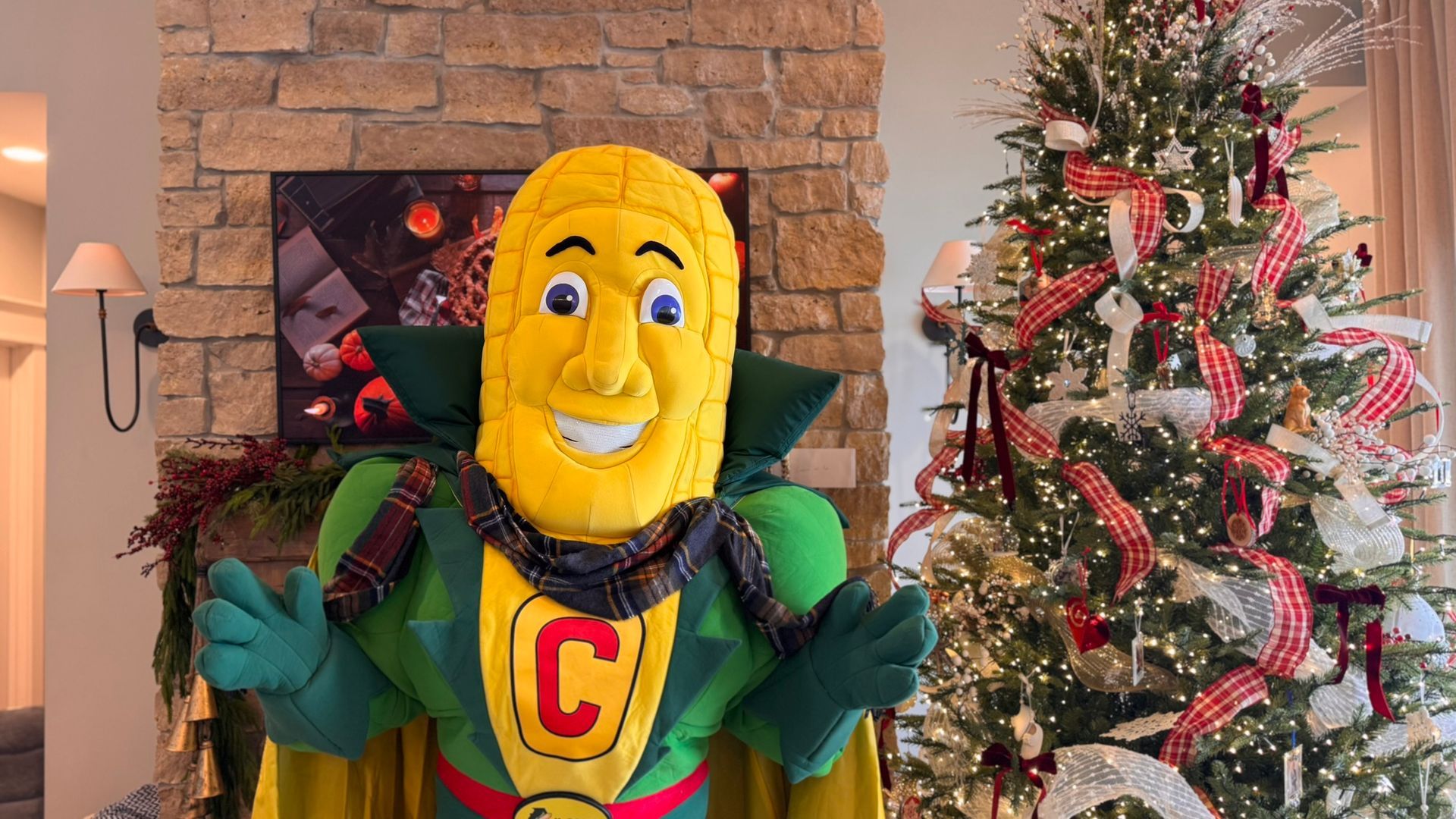ICGA Submits Public Comments Supporting Continued Access to Atrazine
IL Corn is focused on helping farmers use conservation practices to improve soil health, reduce erosion, sequester carbon, and build a sustainable future for generations of future farmers. "Each of these are empowered by access to chemicals like atrazine, an important tool that Illinois corn farmers cannot afford to lose," said Marty Marr in his comments to the U.S. Environmental Protection Agency on behalf of the IL Corn Growers Association (ICGA).
Marr, a farmer from New Berlin and current President of ICGA, is concerned about tighter restrictions on the use of atrazine in the U.S. and voiced those concerns in a comment to the USEPA last week.
“Atrazine is a critical component of weed management programs and not only provides an effective economic option but also allows the use of conservation practices such as no-till or reduced tillage and cover crops to continue and expand. These conservation practices conserve soil, improve soil health, and help mitigate the effects of climate change. The proposed changes to the atrazine label would no longer make it a top choice product and instead more costly, less effective products would need to be used or mechanical weed control measures that increase soil loss,” said Marr in the submitted comments.
Impacts to farmers, should they lose access to atrazine, are significant. According to Precision Conservation Management research, if an Illinois farmer had to reinstate a 2+ pass tillage system for weed control, that farmer would lose an average of 1.39 tons of soil/acre. This would also result in greenhouse gas emissions of 1.16 metric tons CO2e/acre.
The proposed rule will impact more than 70 percent of U.S. corn acres, significantly reducing application rates while also requiring additional conservation measures and reporting procedures. The rule also prohibits all aerial application as well as application during a rain or storm event or when rain is forecast within 48 hours.
EPA estimates the cost to replace atrazine is $42 per acre from alternative herbicide expenses and reduced yields from poor pest control.
“Again, eliminating or reducing the use of atrazine would mean choosing between the right environmental choice and most practical and economical one,” commented Marr.
ICGA also encouraged farmers to submit their own comments to the USEPA docket and generated nearly 300 separate comments in support of the continued availability of atrazine.
Read ICGA’s comments in full here or peruse the full list of comments from all over the U.S. in the EPA docket here.






